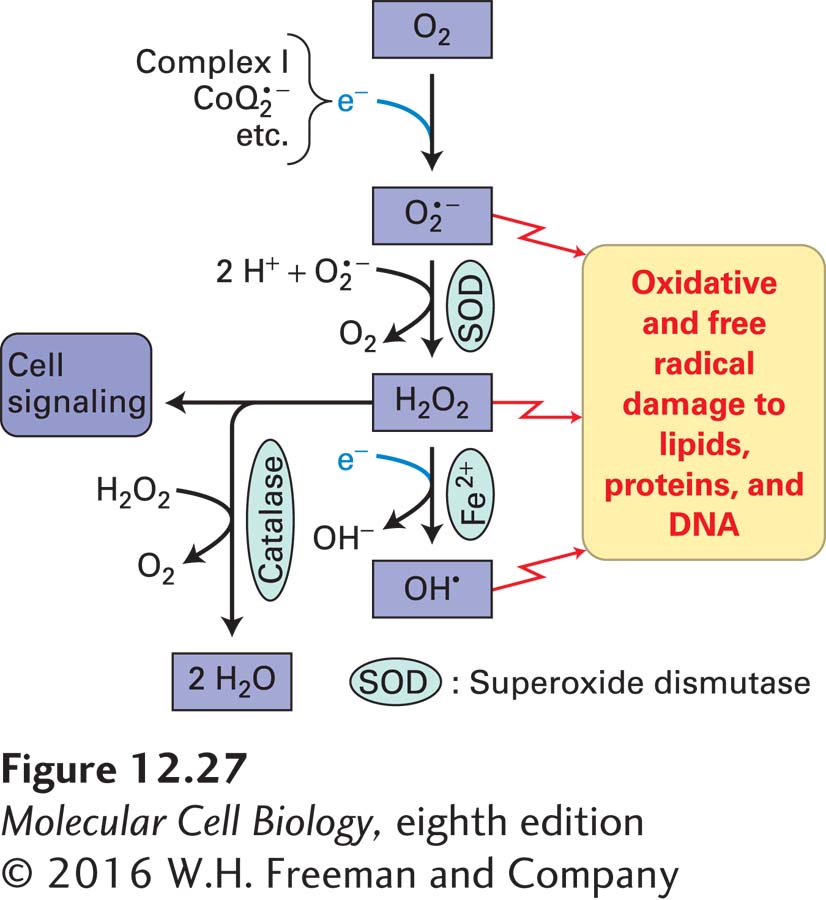
FIGURE 12- n- e- a-